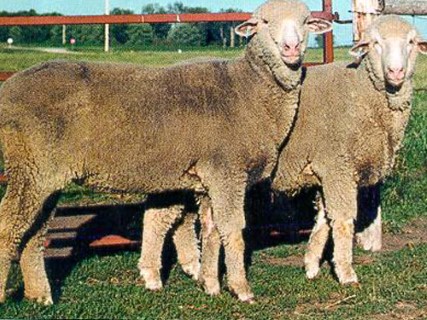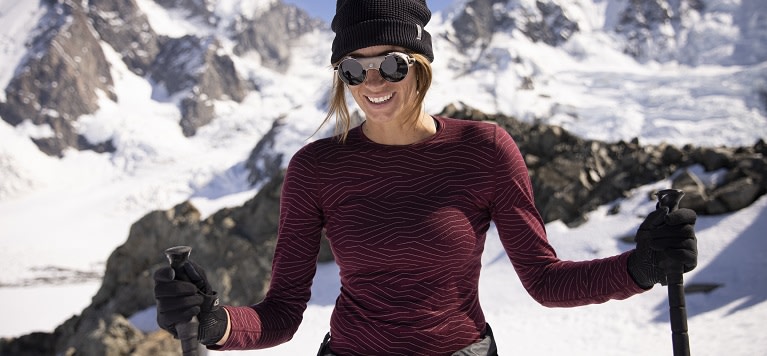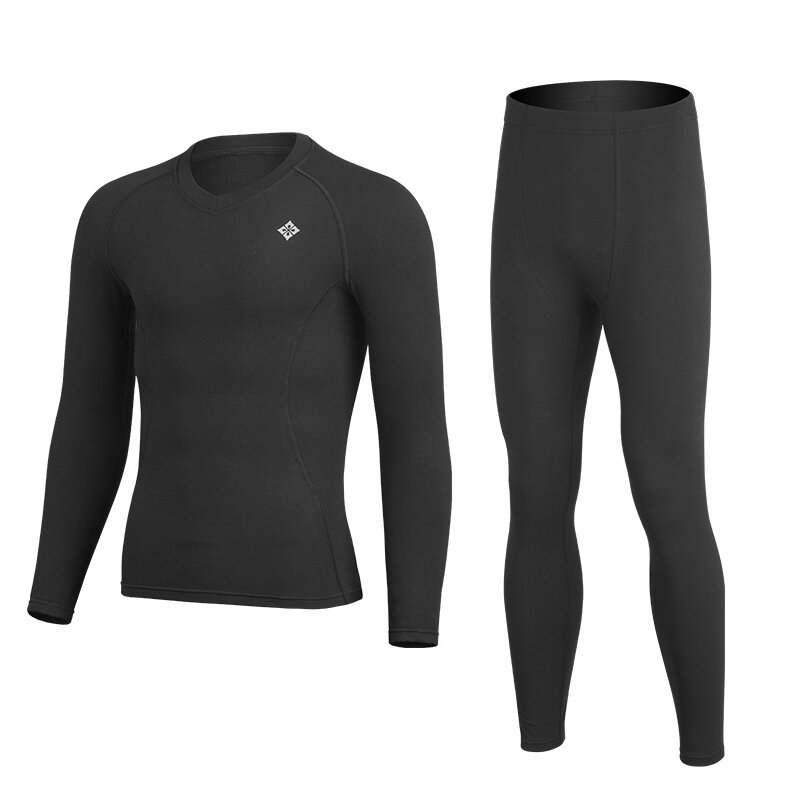Merino wool is a kind of wool that is derived from Merino sheep, which are known for their fine and soft wool. Merino is much softer than regular wool. This is because of Merino sheep's finer fibers. The finer fibers of the wool make it less itchy and more comfortable to wear close to the skin.
Merino wool has exceptional warmth due to the fact that it traps air between the fibers. It also has a high moisture-wicking capacity which means you'll be warm even when it's damp.
Merino Wool is stronger than normal yarn due to its strength from Merino wool. This means that it will stand up to more wear and tear, and will not pill.
Merino wool is odor-resistant because it is naturally antibacterial. It is able to be worn for longer time periods without developing an unpleasant odor.
Breathability- Merino wool is extremely permeable, which lets moisture escape and keeps you cool and dry in hot weather.
Merino Wool is generally more expensive than regular wool. Merino wool can also be more expensive since it is a superior material.

What Is The Difference Between 3/4-Length, Long Sleeves, Hooded, And Zip-Neck Merino Wool Base Layers Differ?
There are a variety of Merino Wool base layers including 3/4-length, long-sleeve and zip-neck. Each type has different advantages and characteristics. This article will discuss the distinctions between the four kinds and assist you select the best 3/4 Length Merino wool base layer. They are made to provide warmth, comfort and support the lower part of the body without adding the bulk. This kind of base layer can be worn in both cold and warm temperatures. It can be worn with shorts or long pants. They're an excellent choice for activities where you want an extra layer of warmth but don't require the full length of base layers.
Long Sleeve Merino wool layers with base layers made from long sleeves are designed to keep warm the upper part of the body. They come in various weights, making them a great choice for those who live in colder temperatures. For activities with moderate or minimal intensity, long sleeves for base layers are ideal.
Hooded Merino wool base layers are made to offer warmth and shield from the elements. The hood can be worn with an helmet, or another accessories for your head. Hooded base layer are great for outdoor activities in which you may be in the presence of cold or the wind.
Zip-neck Merino sheep wool base layers are designed to provide temperature control and ventilation. They usually feature a collar with a zipper that can be pulled up or down depending on the conditions. These base layers have an open-faced design that is great for sports in which it is essential to rapidly regulate body temperature for intense exercise, like high-intensity workouts.
The conditions of the weather, intensity of activity, and individual preferences all contribute to selecting the right Merino base layer of wool. 3/4 length base layers suit moderate to cool temperatures. Long sleeves for base layers are ideal for warmer climates. Hooded base layers offer an extra layer of protection when it is weather conditions that are windy or cold. For activities that require you to rapidly control your body temperature zip-neck base layers may be a great choice. Consider the size of the base layer, and make sure it's comfortable and permits the full range of motion. Go check out merino wool base layers near me for site tips.

What Are The Best Ways To Choose The Most Suitable Ski Base Layer For Merino And Wool Combined?
There are a variety of factors to consider when choosing the most effective ski base combination of Merino Wool and Himalayan Yok Wool. Here are some essential things to consider Weather conditions: Consider the temperature and conditions under which you'll be skiing. If the temperature is cold it is possible to consider the use of a more thick base layer like one made of Himalayan-yak wool. A lighter Merino wool base layer may be suitable for milder climates.
Activity level - think about your activity level, and the amount of sweat you produce. Merino wool is an excellent choice for those who sweat frequently.
Comfort: Choose a soft base layer. Look for base layers that are designed to move with you, and provide the full range of motion. It is important to stay clear of any garment that is too tight or restricting, as this can limit mobility and create discomfort.
Personal preference- In the end, it will all depend on the individual's preferences. Some prefer a thicker layer of insulation while others prefer a thinner one. Try different combinations to see which one is most comfortable and efficient for your needs.
It is important to think about your individual needs and the conditions you'll be skiing in. When choosing an appropriate base layer, consider the weather conditions, your activity level, and your personal preference. This will ensure you are dry and comfortable while on the slopes. Go hiking mid layer for more info.

Merino And Himalayan Himalayanyak Wool Are Better Than Cotton Polyester Nylon Fleece And Cotton Alternatives For Skiing Wear.
Merino wool, Himalayan Yak wool, and nylon are better than fleece cotton, nylon and polyester when it comes to ski clothing. Warmth- Merino Wool and Himalayan Yak wool are great insulation and will ensure you stay warm in the coldest temperatures. Merino as well as Himalayan wool are less heavy than polyester, nylon, and nylon which don't provide much insulation.
Moisture management Merino wool or Himalayanyak wool are great at managing moisture. Both wools have natural moisture-wicking characteristics. This means they pull moisture away from the skin and move the water to the outer layers, where it can evaporate. This is in contrast against cotton, which absorbs humidity, and can become uncomfortable and heavy after it's wet.
Breathability- Merino wool and Himalayan Yak wool are both highly breathable, meaning they allow air to circulate throughout the fabric. This helps maintain body temperature and avoid overheating. This is crucial for ski clothing as it allows you stay comfortable during your ski. Polyester, nylon, and fleece are, however, are more breathable but they also trap moisture and heat. This can make you uncomfortable and uncomfortable.
Comfortand Comfort Merino wool and Himalayan yak wool are incredibly gentle and comfortable, making them perfect for wear close to your skin. They are extremely flexible and stretchy that allows for complete movement and mobility. Polyester or nylon as well as fleece however, can be rigid and uncomfortable. They can restrict the range of motion and cause discomfort.
Sustainable: Merino wool and Himalayanyak wool are both sustainable and natural fibers that are reusable and biodegradable. They are more eco-friendly than synthetic materials like polyester and nylon, that are made from non-renewable resources and take an extended time to degrade.
In general, Merino wool and Himalayan yak wool have a wide range of benefits that are superior to cotton, polyester as well as nylon and fleece for ski gear. They are warm, durable and breathable, as well as moisture-wicking. This makes them an excellent choice for those who want to enjoy a safe and comfortable ski.